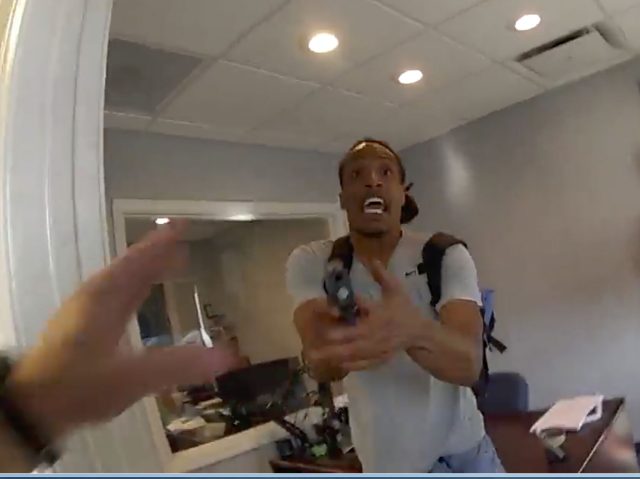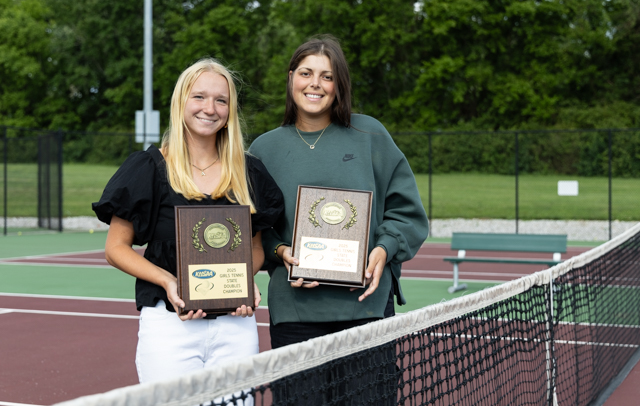Mixing Art+Law: Is your use Fair Use?
Published 12:00 am Thursday, July 30, 2009
If you know a little bit about copyright, you may know that the term of a copyright is 70 years plus the life of the author. This means that just about any current work is most likely protected by copyright. Does this mean that you can’t use anything without obtaining a license or permission? The answer to that question is that it depends on how you are using the work. While copyright does provide the author with the ability to prevent others from copying their original work; section 107 of the Copyright Act identifies limitations on this exclusive use, by providing an affirmative defense to claims of infringement, known as “fair use.”
The fair use section of the Copyright Act allows for a copyrighted work to be used in certain circumstances. In the Act are some examples of uses which could be considered fair use which include criticism, comment, news reporting, teaching, scholarship or research. However, these examples do not presumptively qualify as fair use.
Like many other areas of the law, a balancing test is used to make the determination of whether a particular use of a copyrighted work is entitled to the affirmative defense of “fair use.” There are four factors which one needs to consider when analyzing whether a use is to be considered “fair use” under the Copyright Act. These factors are (1) the purpose and character of the use; (2) the nature of the copyrighted work; (3) the amount of the work used in relation to the copyrighted work as a whole; and (4) the effect of the use on the potential market or value of the copyrighted work.
When trying to determine if your use of a copyrighted work may be allowed as fair use, it is a good idea to go through the fair use analysis yourself and make a good faith determination as to whether your use will be considered fair use. This analysis can be performed by reviewing the checklist below and identifying all the factors that apply to your use.
| Favors Fair Use | Opposes Fair Use |
| Instruction, research or personal use | Commercial use |
| Transformative use (creates a new work with a new purpose) | No acknowledgement to original authors |
| Criticism, comment or news reporting | Profiting from use/bad faith |
| restricted access on course websites | Public distribution |
| Favors Fair Use | Opposes Fair Use |
| Published | Unpublished |
| Factual or non-fiction | Creative, artistic, fiction |
| Favors Fair Use | Opposes Fair Use |
| Small excerpt, extract or clip | Entire work |
| Amount appropriate for educational purpose | Portion used is central or the “heart” of the work |
| Favors Fair Use | Opposes Fair Use |
| One or few copies made/distributed | Numerous copies made and/or distributed |
| No significant effect of the market for the copyrighted work | Impairs market for original work |
| No licensing/permission mechanism in place | License/permission available |
| Restricted access(limited to students in a class or other group) | Publicly available on the Web other means of broad dissemination |
You should be aware that this analysis is not full proof, as depending on the circumstances, any one factor may be enough to sway a determination. However, if upon completion of this analysis you determine that the factors favoring fair use outnumber the factors opposing fair use, then it may be reasonable to believe that your use will be found to be fair use. If less than half of the factors favor fair use, then permission should be obtained before using the work.
Determining whether one’s use of a copyrighted work is fair use under the Copyright Act can sometimes be an unsure proposition. However, by being aware of the elements that courts consider in making that determination, a user can make a good faith assessment prior to using a work as to whether the use might be considered “fair use.”
 Laura Hagan is an attorney practicing with the firm of Kerrick, Stivers, Coyle & Van Zant with offices in Bowling Green and Elizabethtown. She is registered to practice before the U.S. Patent and Trademark Office and her practice involves assisting individuals with their intellectual property needs, such as patents, trademarks, trade secrets and copyrights. She can be reached at (270) 782-8160 or at lhagan@kscvlaw.com.
Laura Hagan is an attorney practicing with the firm of Kerrick, Stivers, Coyle & Van Zant with offices in Bowling Green and Elizabethtown. She is registered to practice before the U.S. Patent and Trademark Office and her practice involves assisting individuals with their intellectual property needs, such as patents, trademarks, trade secrets and copyrights. She can be reached at (270) 782-8160 or at lhagan@kscvlaw.com.






